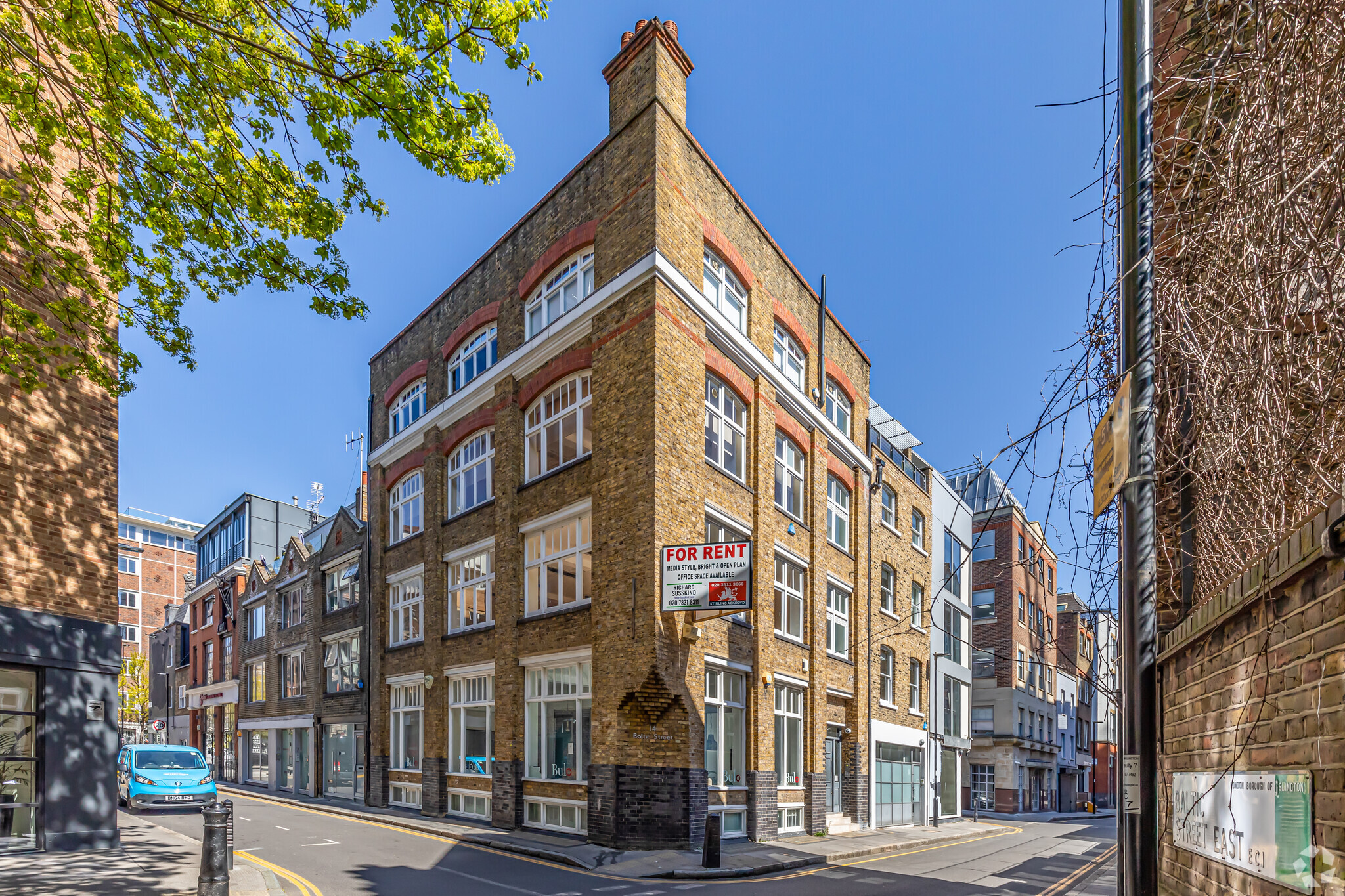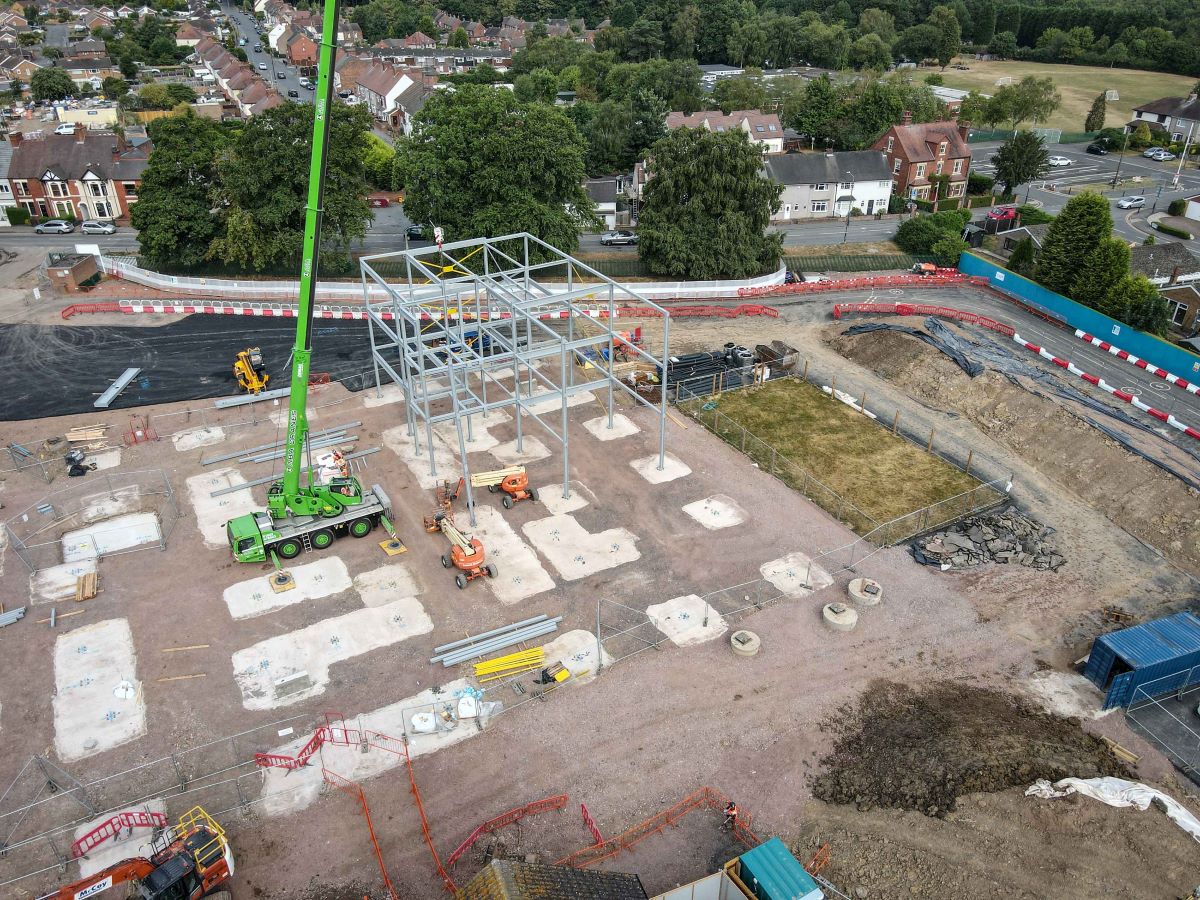Hurry, hurry, hurry – in this fast-paced life, almost everyone is in a rush to get things done. However, some actions should not be scurried through – one of which, for a first time buyer, is viewing a house. Buying a home is one of the major decisions in a person’s life. The financial aspect is huge and a right decision should be made. A quick, superficial viewing and fast decision could be something a buyer regrets for the rest of his/her life. As professionals in the field such as the estate agents in Sheffield will concur, a house viewing is an all important factor in the process of buying a property.
Virtual viewings have increased in popularity and with the advanced digital technology and platforms, a great deal of information can be gathered and much time can be saved. However, there is nothing like a physical inspection.
Here are a few tips for first time buyers when viewing a property.
Structure of the building:
While viewing a building, noticeable cracks in the wall or any external damage are visible. However, an experienced surveyor will do an in-depth inspection of the structure of the building, advise on the condition and the nature of repairs required. This is important, especially in the case of older buildings. Subsidence – the gradual caving in of the land – needs to be checked.
Dampness:
This is a major problem. Telltale signs of damp are flaky plaster, a musty smell, watermarked ceilings, skirting boards or walls. More important, which a professional surveyor can check, are signs of rising damp – moisture rising up through the wall, penetrating damp – infiltration of water through an external wall or ceiling or condensation, leading to a growth in mould.
Location:
The property itself may be ideal, but the surrounding area needs to be checked out. There should be easy access to shops, public transport, medical facilities and schools. The area should have an excellent internet connection. Is it in a secluded area or are there noisy roads or rail tracks close by? Or maybe pubs or restaurants which could hamper the quiet of evenings and nights? Seeing which way the house faces can show whether it will get the light and warmth or be dark and gloomy. This could make a difference. Also, if the house is in a conservation area, changes may not be allowed.
Condition:
Besides the structural survey, the condition of the home will give you an idea of the quantum of repairs required.
- External window frames – generally, if people have taken good care of these, the rest should be in order too. However, cracking paint or whether the glazing is in order need to be looked into. If new windows have been installed, a FENSA certificate should be given (the guarantee that the installer has fitted the windows according to building regulations).
- The condition of the roof is another import aspect, as replacing a roof can be expensive.
- Are there enough power points and are they in good condition?
- Plumbing is important. The water pressure can be checked by running the taps. If the pipes are insulated with lead, they will have to be replaced as they can cause contamination. They are no longer legal, but some older buildings may still have them. The radiators and boilers need to be checked.
- Sound-proof: The property should be sufficiently sound-proofed.
- Electrical: A valid EPC (Energy Performance Certificate) is essential.
Space:
Ensure that there is sufficient space to cater to your needs. Some properties are staged in a way to make them look larger and more attractive. Storage space is required and this is one asset which is required, especially in new-builds. If you already have furniture, see whether it will fit comfortably in the space available.
Documentation:
Ensure that all legal documentation is provided and is in order.
Questions to be asked:
- If the house has been on the market for more than 3 months, there could be an underlying problem.
- If there is a problem, then maybe a price negotiation could take place.
- The reason why the owner is selling and the lowest price he will accept.
- The area and items included in the price.
- Whether the seller is in a chain (which could result in a longer transaction).
- If there are any local plans which would affect the surroundings.
Conclusion:
If possible, a property should be looked at more than once, as each viewing will probably reveal different factors. It is wise to view at different times, to check on how the light, traffic and sounds change. As one expert said, “You are going to have to live with your decision for a long time, so try not to rush into anything”. We hope these tips will help in choosing a home of your dreams.







